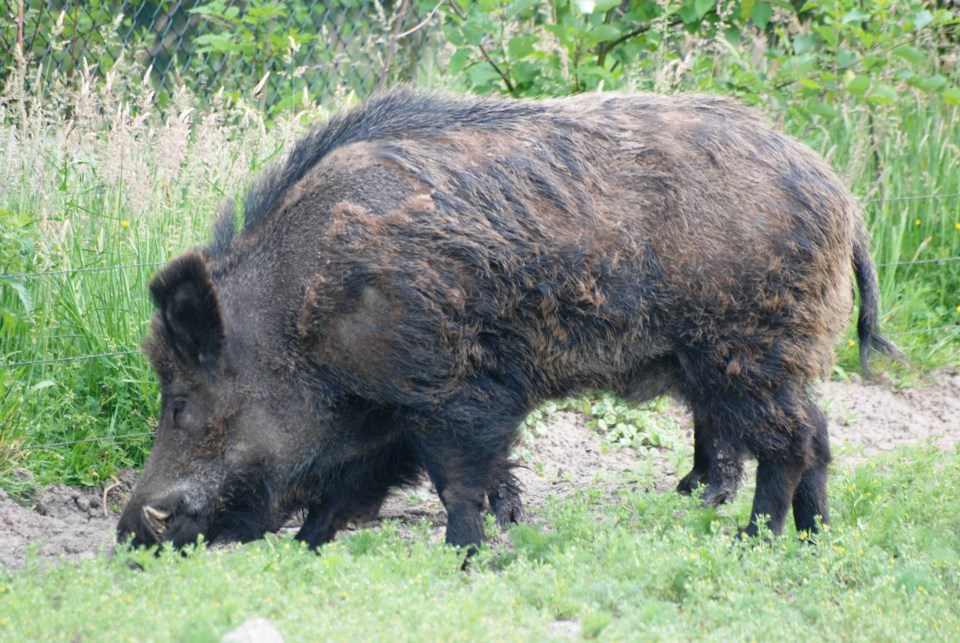The Government of Saskatchewan has amended The Wildlife Regulations and The Stray Animals Regulations to clarify the status and hunting requirements for feral or free-ranging wild boar.
“Free-ranging or feral wild boar have the potential to become a serious provincial problem,” Environment Minister Herb Cox said. “These amendments address ongoing concern for public safety and protection of wildlife and habitat.”
Amendments to The Wildlife Regulations now allow Saskatchewan hunters to hunt wild boar without a licence, while still maintaining reasonable safety expectations such as asking permission to hunt on private property and not hunting along roads or road allowances.
The removal of stray animal designation that currently applies to wild boar means that local rural municipalities that administer The Stray Animals Act and its regulations are no longer responsible for wild boar capture and containment. Stricter fencing requirements for farmed wild boar are intended to reduce the number of wild boar that escape.
“The move to regulate escaped wild boar as exotic wildlife instead of stray livestock enables landowners and producers to better protect their livestock, crops and pasture,” Agriculture Minister Lyle Stewart said. “I also encourage anyone looking for support in controlling escaped wild boar to take part in the Feral Wild Boar Control Program administered by the Saskatchewan Crop Insurance Corporation.”
Wild boar are a species from Asia and Europe, and were imported to Saskatchewan in the late 1970s as domestic livestock. They escaped from farms and created reproducing populations in wild areas throughout the province.
Free-ranging wild boar populations have been reported in more than 60 rural municipalities across southern Saskatchewan. Wild boar have damaged golf courses and crops, harassed livestock, threatened people, destroyed fragile plant communities and can transfer diseases to domestic hogs.
“SARM is pleased with these changes as escaped wild boar pose a danger to people, personal property, other wildlife and to livestock,” Saskatchewan Association of Rural Municipalities President Ray Orb said. “We need to make sure their population is kept under control and are hopeful these regulatory changes will achieve that.”
For additional information on the Feral Wild Boar Control Program, contact Saskatchewan Crop Insurance Corporation at 1-888-935-0000.



